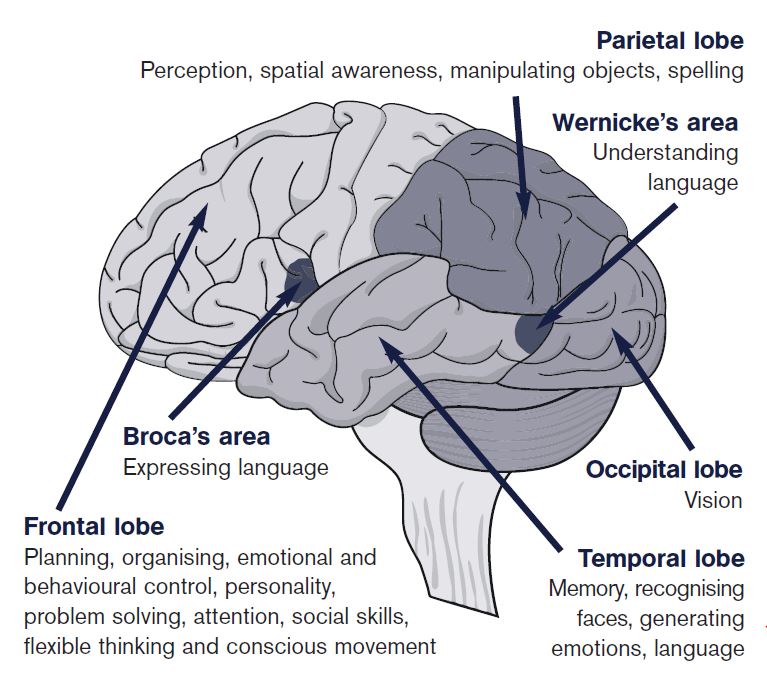 |

After cutting the eye along the sclera, we got a view of the retina- receives light and converts the light into neural signals- which lines the posterior side of the eye. Inside of the eye contains a transparent fluid, vitreous humor, fills the cavity of the eye. This fluid, along with the aqueous humor, help in maintaining the shape of the eye.



After removing the vitreous humor, the lens was then revealed as well as the ciliary body and the suspensory ligament. A lens is held in place by the suspensory ligament that join with the smooth muscle, that contains the ciliary body. When the smooth muscle fibers contract, it causes the lens to flatten and the degree of bending light, as a result, is reduced.

Then, we removed the lens and were able to see light coming through a oval shaped transparent opening, known as the pupil, found in the center of the iris. In contrast to a circular pupil, the sheep's pupil is oval shaped. In the second cavity between the iris and the cornea, is filled with a fluid called aqueous humor.


